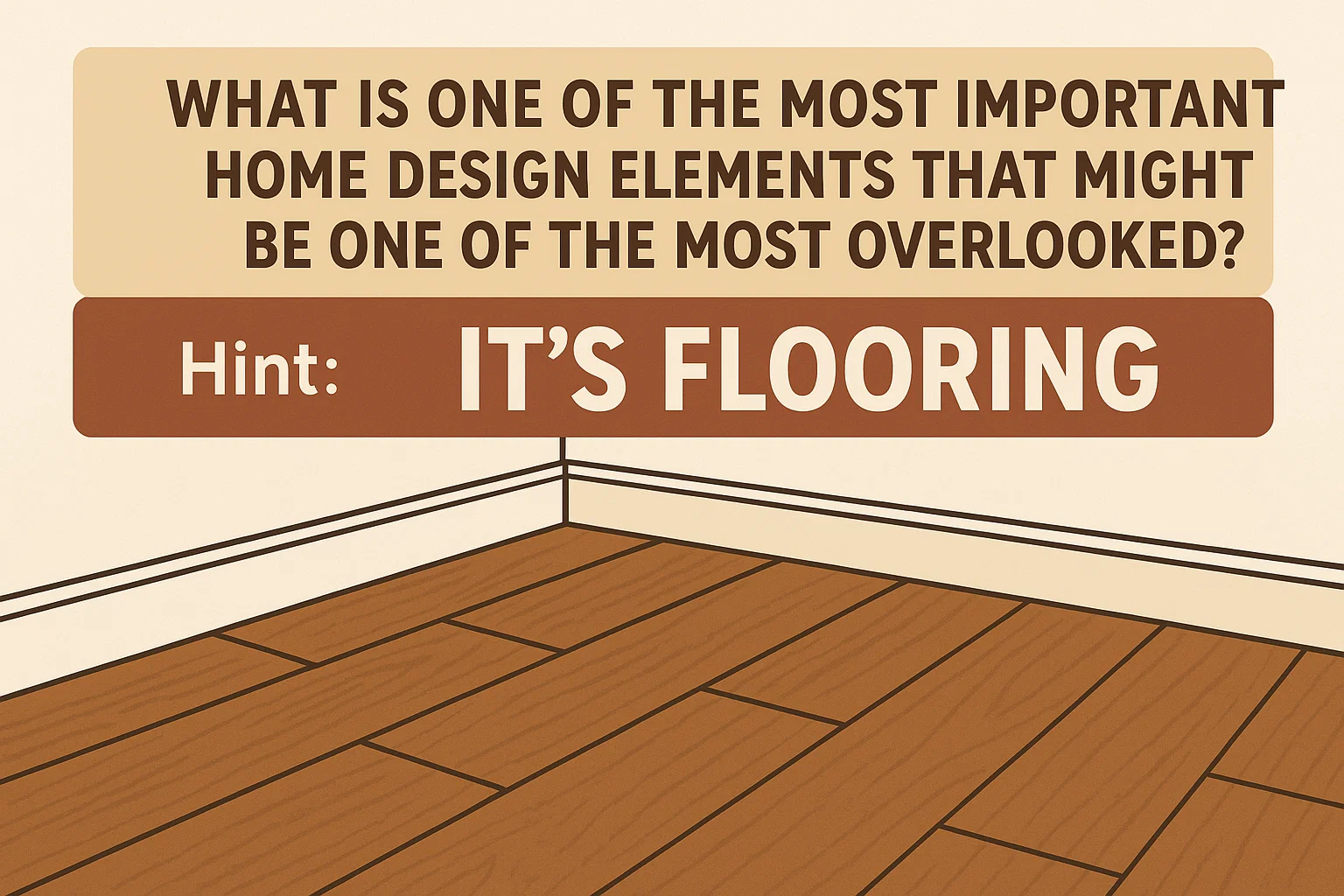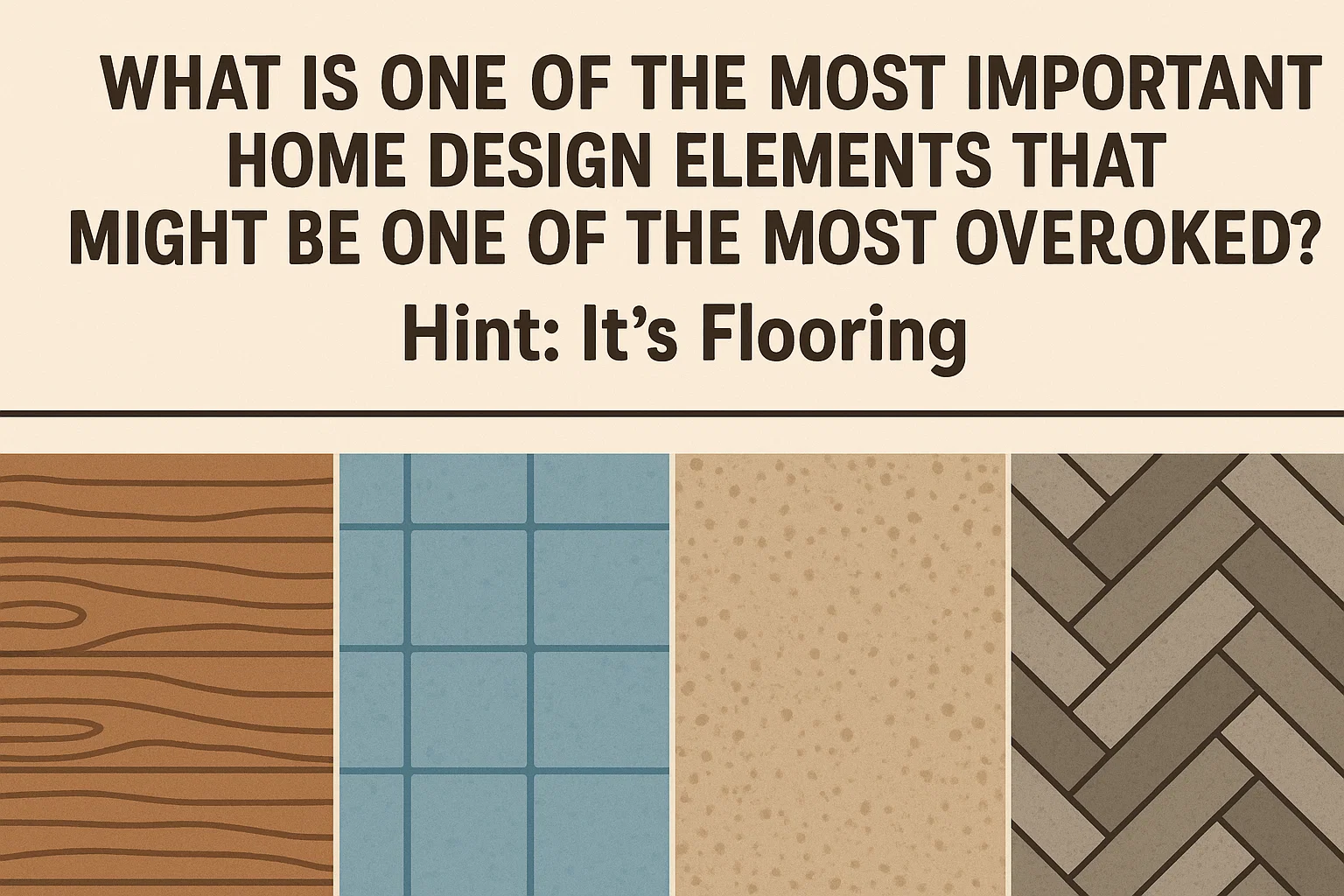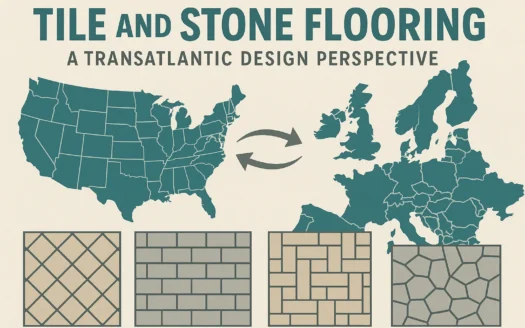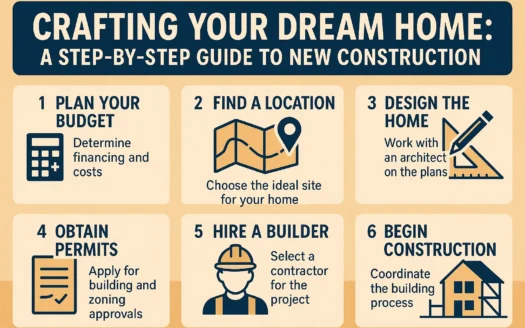What Is One of the Most Important Home Design Elements That Might Be One of the Most Overlooked? Hint: It’s Flooring

What Is One of the Most Important Home Design Elements That Might Be One of the Most Overlooked? Hint: It’s Flooring
Homeowners set foot on their hardwood floors, tiles, or carpets all day every day. The floor beneath their feet literally sets the tone in their step and the warmth under their feet. Floors are multifaceted details that truly bring a home together—durable and sturdy, yet cozy and textured. Whether styled with bold tiles or classic hardwood, floors tie a home’s aesthetic and décor into harmony.
The Hidden Foundation
Whether you adore or loathe area rugs, it’s essential to consider what lies beneath fuzzy or shaggy coverings. Is it hardwood, stone tiles, vinyl flooring, or something else? While hardwood and stone tiles remain popular (albeit pricey), budget-friendly vinyl has its devotees. But there’s another option that deserves attention: bamboo flooring.
What Is Bamboo Flooring?
Bamboo flooring emerged in the home design market in recent decades as a glossy, durable alternative to hardwood. Despite its woody appearance, bamboo is technically a grass. Mature bamboo stalks (3–6 years old) are harvested, split into vertical or horizontal planks, and processed to remove starch and sugars—making them less appealing to pests like termites. The material undergoes carbonization to adjust color before being dried and assembled into planks or tiles.
Vertical vs. Horizontal Planks
Vertical planks feature tight, seamless lines for a minimalist look, while horizontal planks mimic traditional hardwood grains. Strand-woven bamboo, crafted by compressing shredded fibers, offers a unique texture and enhanced durability.
Bamboo Is Budget-Friendly and Eco-Conscious
Costing $4–$9 per square foot, bamboo is more affordable than hardwood. Its sustainability stems from bamboo’s rapid growth—new shoots sprout from the same root system, making it a renewable resource. However, quality varies: cheaper options may use more chemicals or lack durability.
Pros and Cons of Bamboo Flooring
Pros
- Durability: Comparable to oak or pine in hardness, bamboo withstands heavy foot traffic, pets, and kids.
- Sustainability: Fast-growing bamboo regenerates quickly, reducing environmental impact.
- Style Versatility: Available in natural, carbonized (darker), or stained finishes to match any décor.
- Easy Maintenance: Simple sweeping and occasional mopping keep it pristine.
Cons
- Scratch and Water Sensitivity: Prone to scratches and water damage if untreated.
- Limited Color Options: Stains poorly due to dense fibers.
- Quality Inconsistency: Cheaper imports may lack durability or eco-friendly practices.
Is Bamboo Flooring Right for Your Home?
Bamboo’s blend of modern crispness and timeless warmth makes it ideal for creating serene, stylish spaces. Its light tones amplify natural light, while its durability ensures longevity. For eco-conscious homeowners seeking a fresh aesthetic, bamboo offers a compelling balance of beauty, function, and sustainability.
Ready to transform your space? Bamboo flooring might just be the foundation your home deserves.




